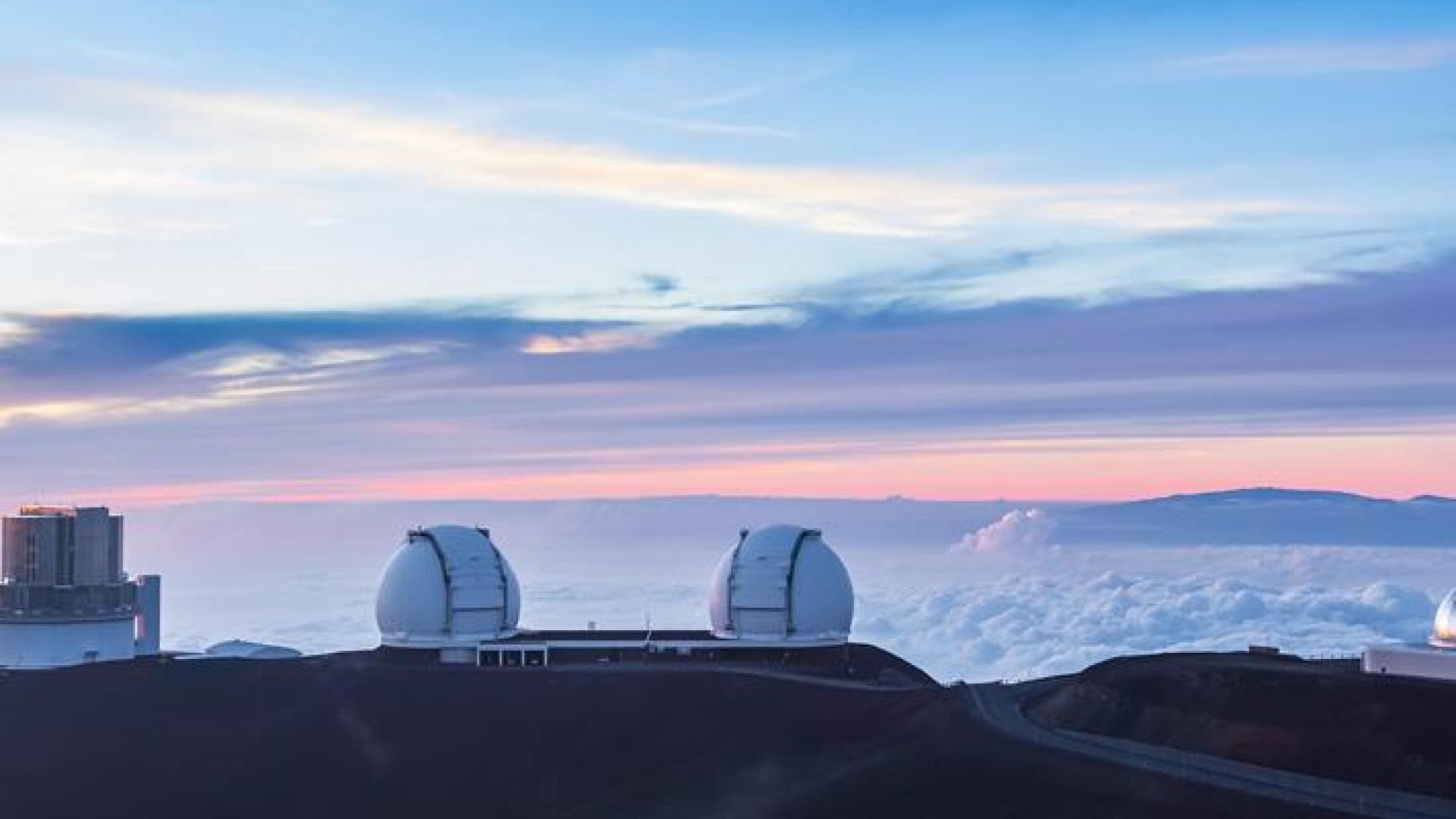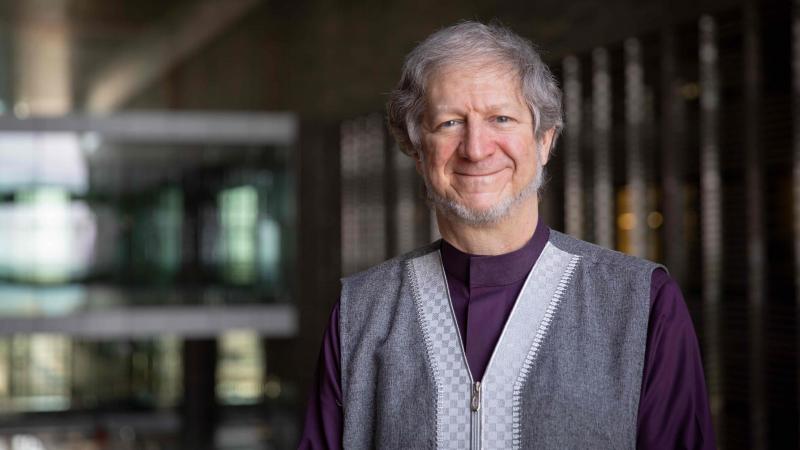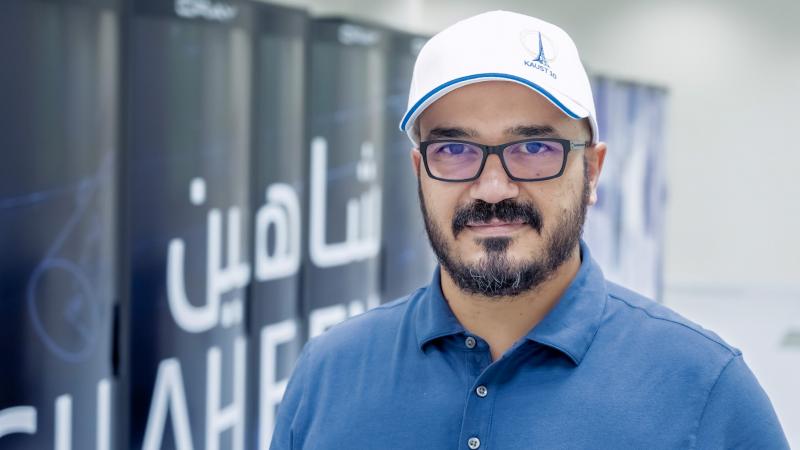An international team of scientists, including KAUST high performance computing experts and astronomers from the Paris Observatory and the National Astronomical Observatory of Japan (NAOJ), in collaboration with NVIDIA, is taking the search for habitable planets and observation of first epoch galaxies to the next level.
An on-sky demonstration was recently achieved on NAOJ's 8.2 meter Subaru Telescope, and the Paris Observatory's team is already scaling up the algorithms for future larger telescopes. The KAUST Extreme Computing Research Center (ECRC) is working with the astronomers to develop the advanced Extreme-AO algorithms that will meet the formidable habitable exoplanet imaging challenge.
"Imaging exoplanets with large ground-based telescopes is very challenging due to the star/planet contrast and blurring induced by Earth's atmosphere. Very high-performance adaptive optics—sometimes referred to as 'Extreme-AO'—are required," stated Dr. Hatem Ltaief, a senior research scientist in the ECRC.
A radically new approach to AO has emerged from the collaboration: faster, bigger and much smarter control algorithms. Powered by the University's linear algebra code running on NVIDIA graphics processing units (GPUs), the new computational system continuously optimizes itself and even learns to anticipate fast-changing optical disturbances induced by the Earth's atmosphere.
Read the full article


